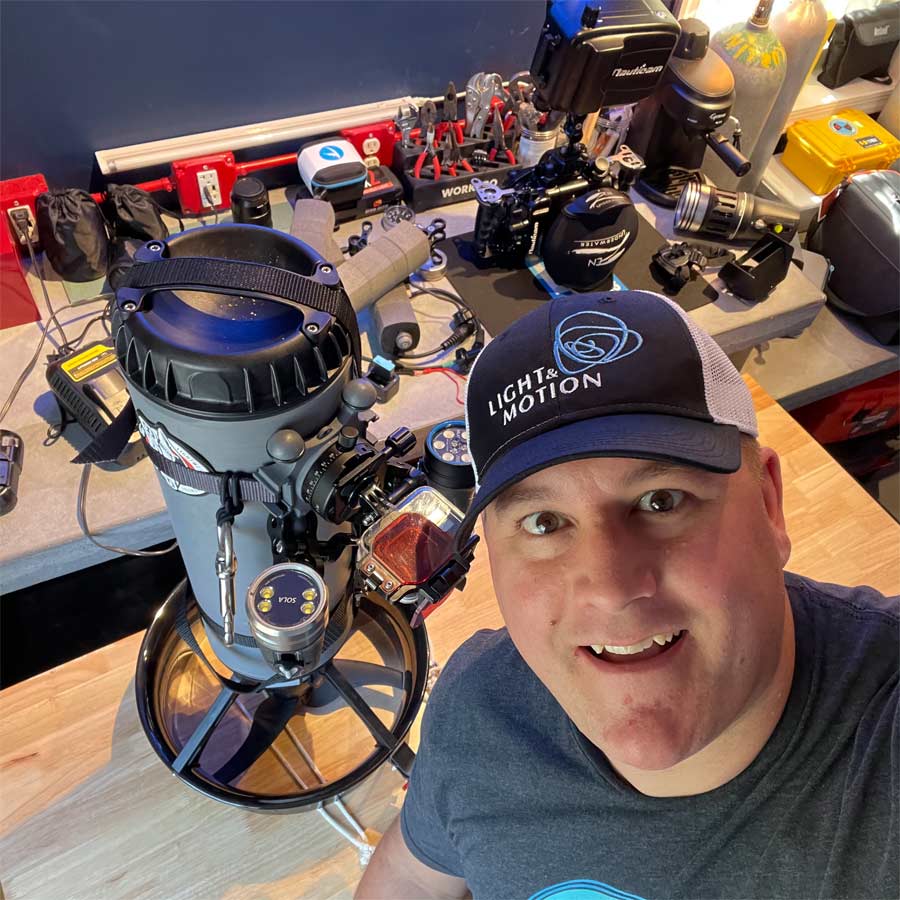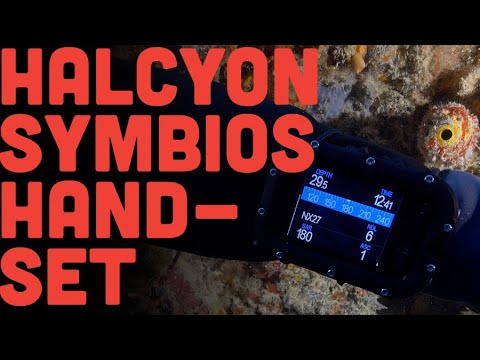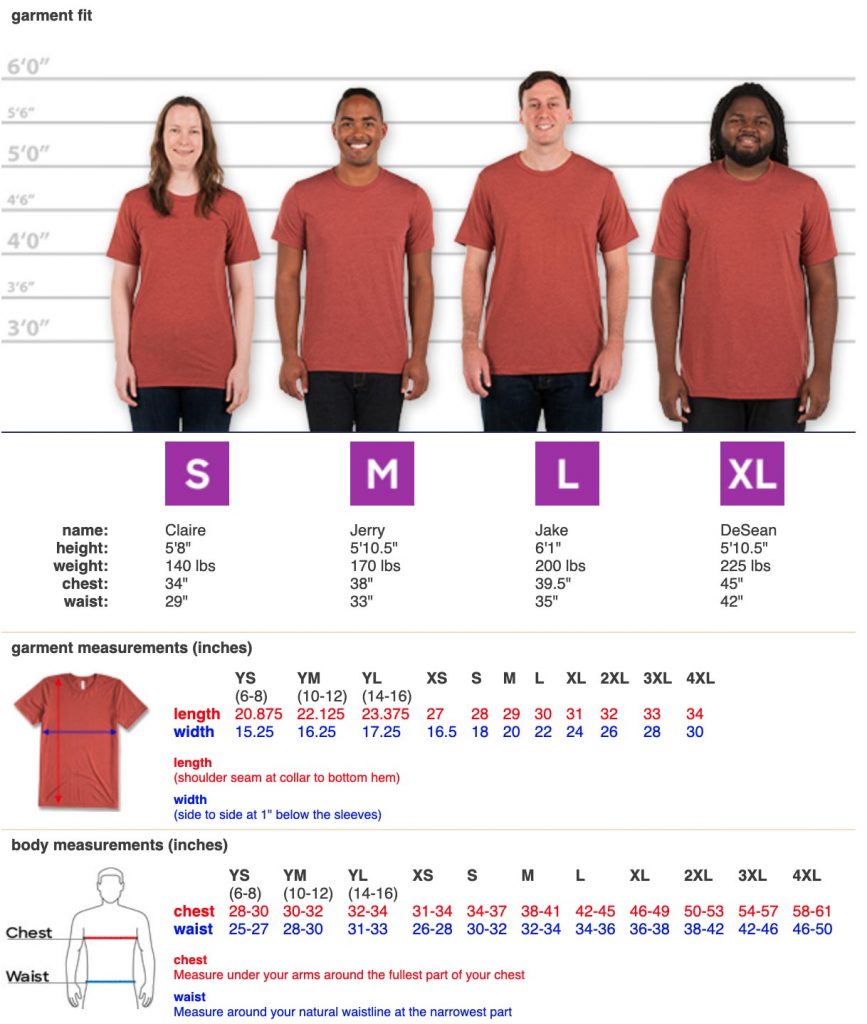How to build a Save-a-Dive kit
Like anything, scuba diving is not without its unexpected issues. Maybe you are about to head out on a dive, and your mask strap is broken. Or maybe you have a light that has run out of batteries. Hopefully you have a Save-a-Dive kit handy!
Being a good scuba diver means being self-reliant, and because it’s not a commercial dive operators job to fix your gear (unless you are paying them specifically to do so) having a well-stocked Save-a-Dive kit is a great way to prepare for anything that may happen when you are either about to go out on a dive, or encounter an issue in the middle of a dive.
The Save-a-Dive kit can be modified for the type of diving you do. For example:
- If you do a lot of cold water diving, and wear a dry suit often, you might want to pack zipper wax, a seal repair kit, and maybe even hand warmers.
- If you’re diving in a remote location, you might want to pack two Save-a-Dive kits.
What should you pack in your Save-a-Dive kit?
First, let’s talk about the kit itself. Look for a weather-tight or watertight tote, which can be found at Target or another similar store for a few dollars.
Additionally, you can find a small tackle box to keep smaller items organized inside, including:
- Zipties. These are great for changing a mouthpiece out.
- A selection of O-Rings. For example, viton O-Rings for high O2 content use
- A velcro strap to secure loose items
- DIN inserts
- Low and high pressure port plugs
- Spare batteries if you are diving with anything that has user-changeable batteries
The following are other basic Save-a-Dive essentials that you should consider for any dive, anywhere:
- A knife (carry a knife, save a life!) and a pair of tin snips, which can be useful for cutting away an old mouthpiece.
- An adjustable wrench for hose configurations. This saves having to carry several wrenches around.
- Screwdrivers. One Flathead and one Phillips-head.
- Duct tape and a sharpie to label tanks.
- A stainless steel pick, which can be useful when trying to get O-rings out of grooves. But be sure to be careful around soft metals like brass that scratch easily.
- Scuba lube. High-quality scuba lubes, like Cristo-lube, can get pretty expensive, but is great when used for high O2 contact points because it has a very low flammability risk. Some silicone is also helpful to bring for more generic uses.
- A spare bungee. This can be used to make a backup mouthpiece in a pinch, or make corrections to a backplate wing harness.
- A small spool with some line on it to help attach accessories and gear.
- A selection of allen keys for everything from converting DIN tanks to yoke, to changing out port plugs.
- A diving multi-tool which includes scuba tools such as a tank valve key and brass pick.
- A bolt snap and double ender.
- Snorkel keepers are always great to have, as they can be used for a number of scuba hacks.
- A glow stick to provide temporary light in case you are on a night dive and you forget your strobe.
- Reef-safe sunscreen.
- A fin strap for whatever fins you are using that particular day.
- A spare mask strap. It is so important to choose the right mask, and if you break your mask strap before you dive, it’s dive over. Spare mask straps can even double as a fin strap if needed.
- A spare mouthpiece, especially if you tend to bite through yours!
- A tank checker. This tool is relatively inexpensive and is great for when you are renting tanks or are uncertain of the pressure of tanks. It can save you a lot of time that could be wasted attaching your gear to a low tank.
While these items are all highly recommended to carry as part of a Save-a-Dive kit, it is so important to also personalize based on the type of diving you do, the local conditions, the equipment you carry, and the places that you’re going to go diving.









